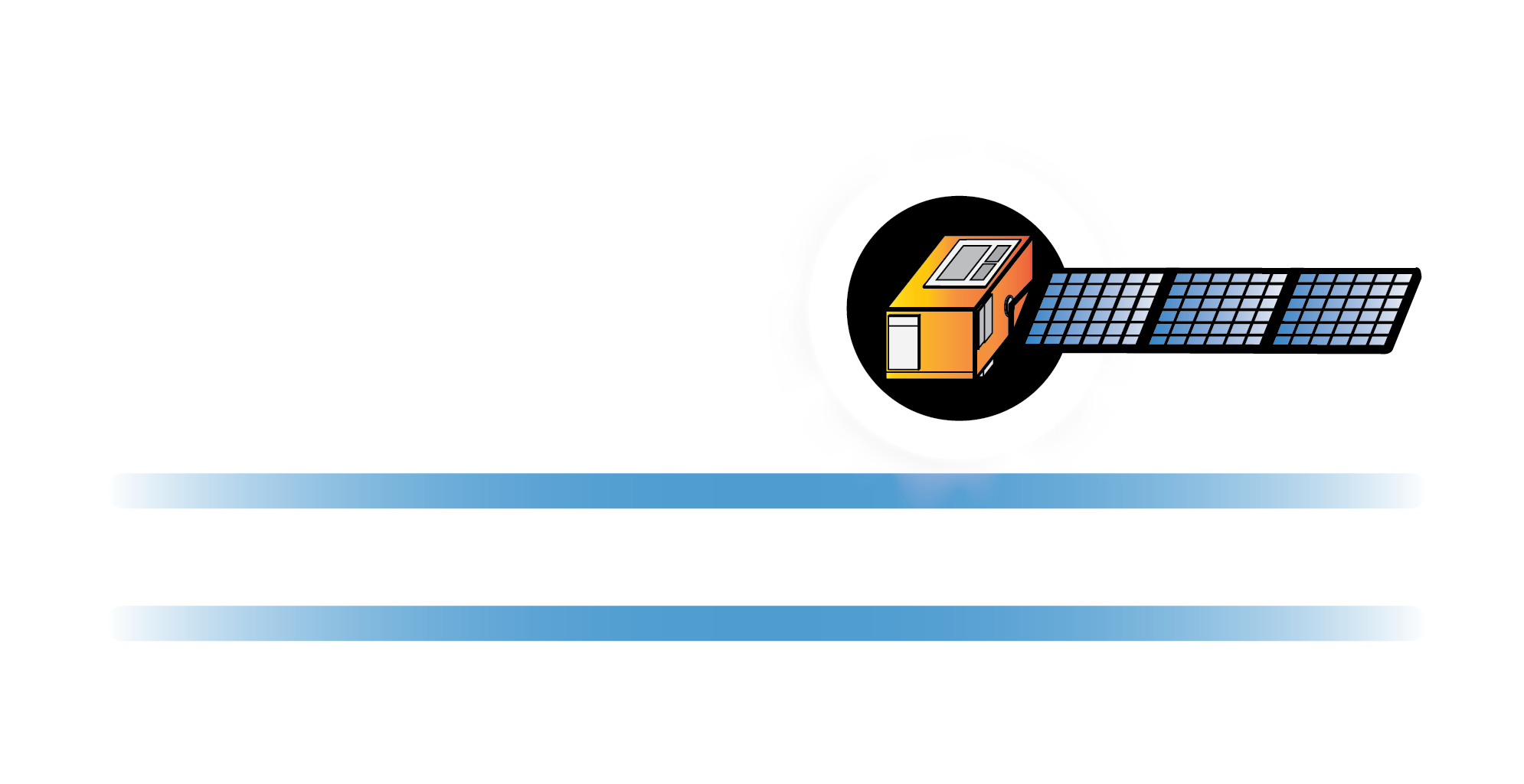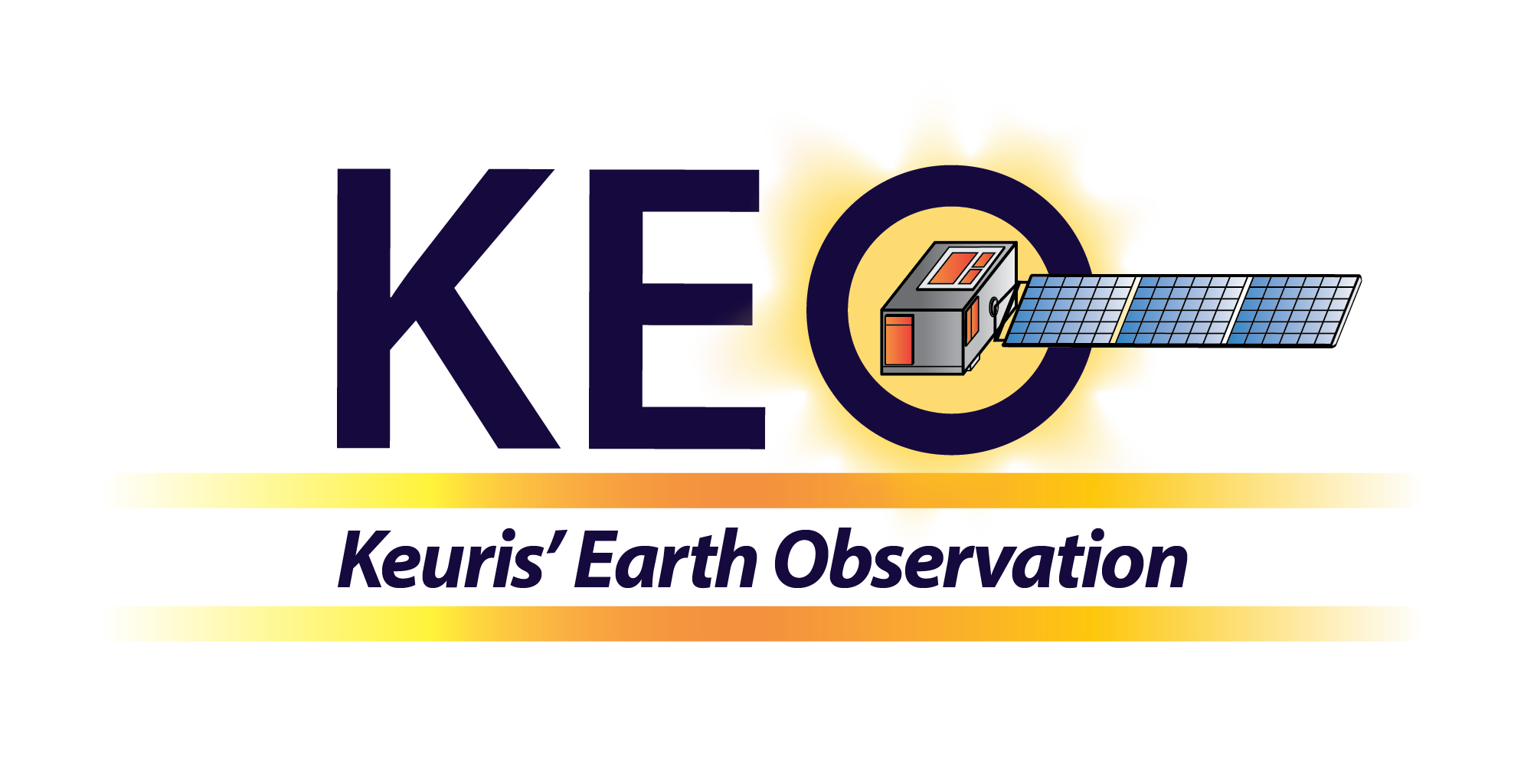Harmony
The Harmony mission is part of ESA's Earth Explorer program and involves two satellites that orbit in formation with one of the Copernicus Sentinel-1 satellites. Its primary focus is to address key scientific questions related to ocean, ice, and land dynamics.
The idea is that the Sentinel-1 (currently only one of the original two is still operational) is paired with two similar satellites. These new additional satellites do not send out radar pulses, instead they can only receive. That would mean that the radar signal from the original satellite is picked up by the addtional satellites and that is where the strength of this mission lies. A sketch of this set-up is given in the figure on this page.
The CEOS database has listed the primary objectives and are as follows:
- Air-sea interaction, tropical and extra-tropical cyclones, and ocean mesoscale and submesocale processes
- Tectonic strain
- Glacier and ice-sheet mass balance and glacier dynamics.
The first Harmony satellite is expected to launch in December 2029. You can find a comprehensive overview here.
Together (ENVEO IT GmbH) with the German Aerospace Center (Microwaves and Radar Institute), the Delft University of Technology, Pi Space Ltd, the Simon Frazer University, the University of Bristol, the Universite Grenoble Alpes and the University of Oslo, we worked to justify, refine, trace and consolidate Harmony mission performances and mission requirements to SRL-5 (Scientific Readiness Level).
You can read more about SRL-5 here and the ESA news article the featured the Harmony project here.


Representation of the stereo (left) and cross-track (right) formations for Harmony (Image credit: Harmony Mission Advisory Group).

